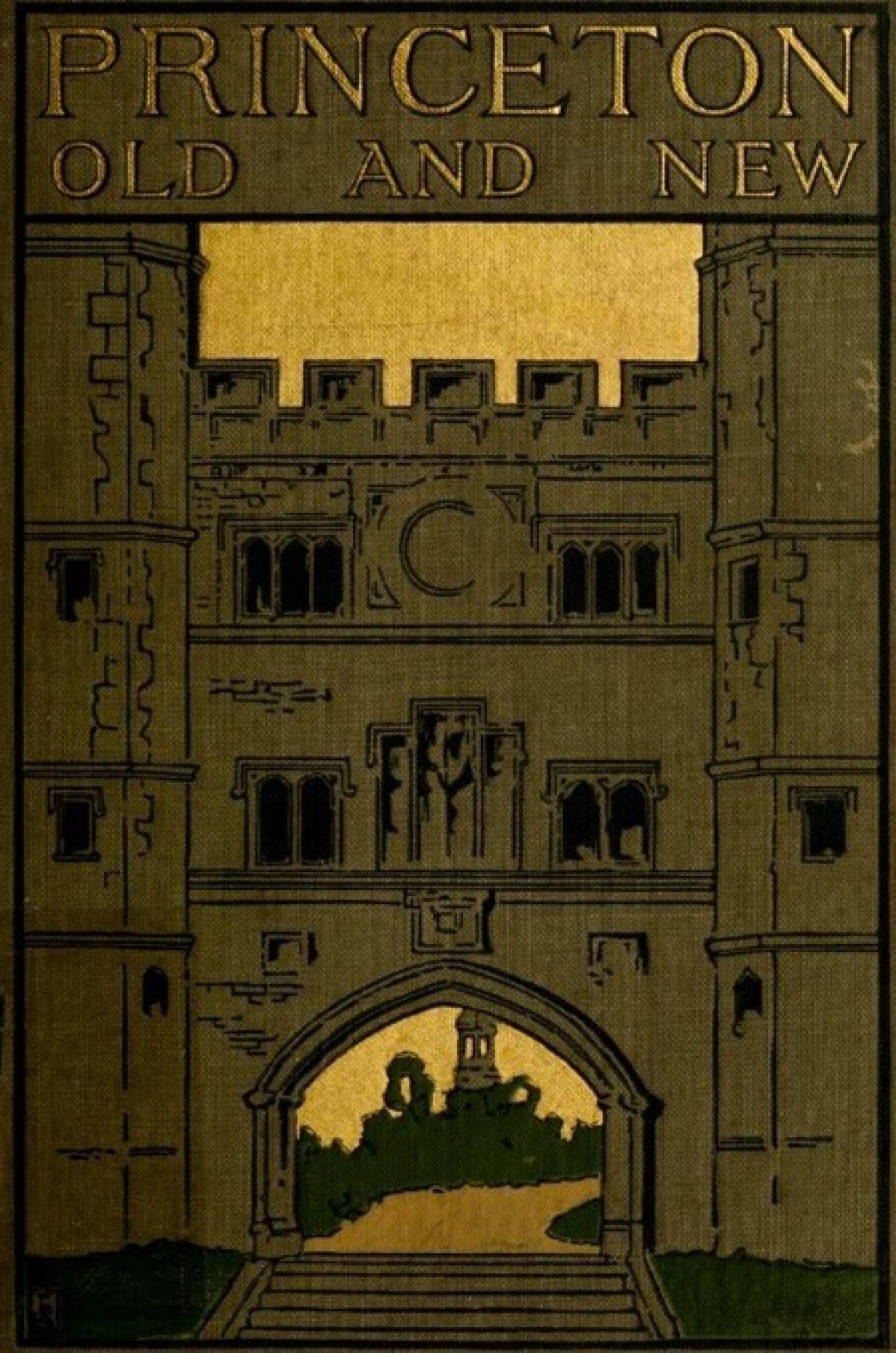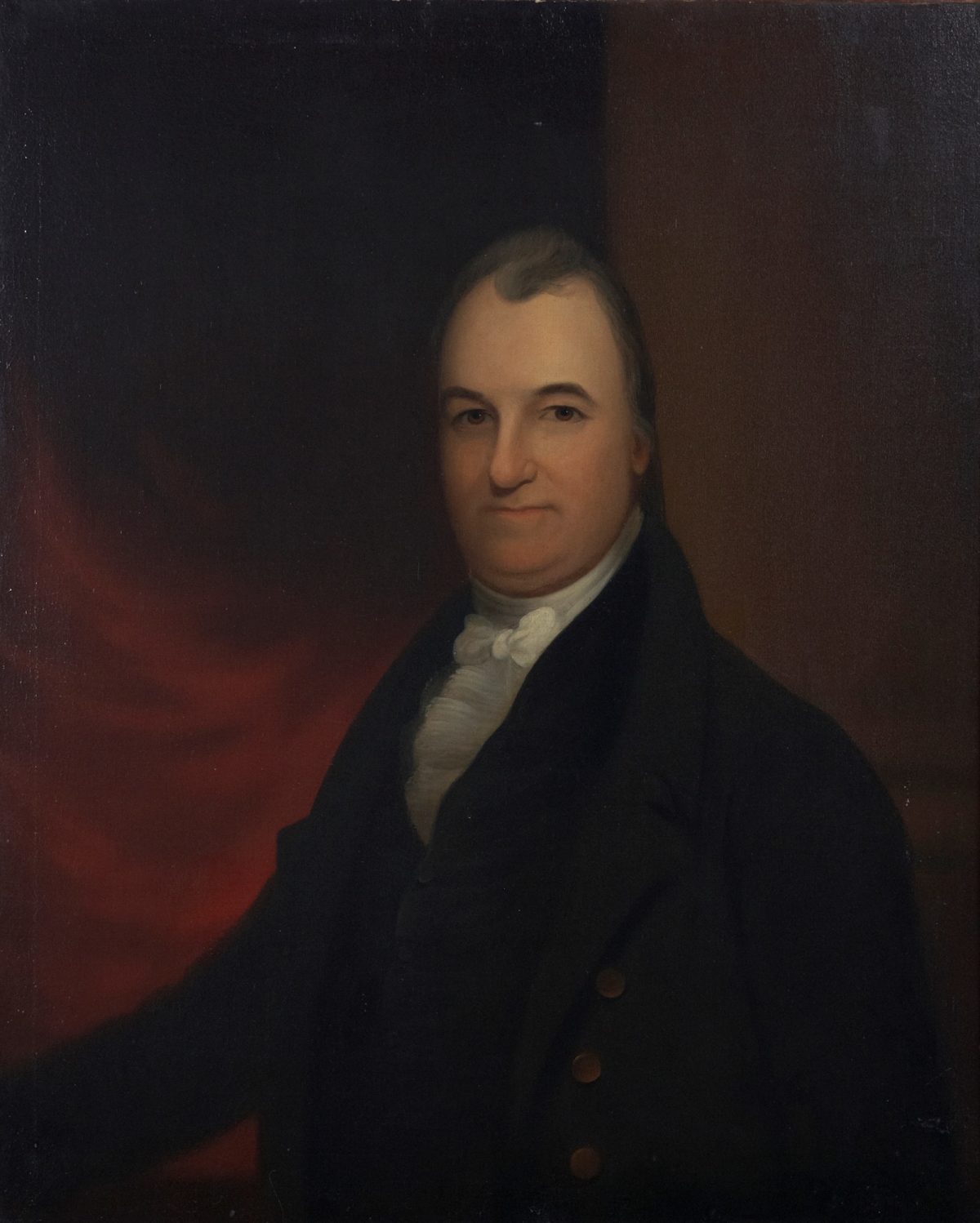[1]
John Frelinghuysen Hageman, History of Princeton and Its Institutions, Vol. 1 (Philadelphia: J.P. Lippincott & Company, 1879), 211.
⤴
[2]
Samuel Irenaeus Prime, Autobiography and Memorials (Cambridge, MA: Harvard University Press, 1888), 9.
⤴
[4]
Hageman, History of Princeton, vol. 2, 210.
⤴
[5]
James Waddel Alexander, Princeton – Old and New: Recollections of Undergraduate Life, (New York: Charles Scribner’s Sons, 1898), 85.
⤴
[6]
“Doc. Samuel Older to Peter Scudder, a free colored man, December 1, 1819,” Somerset County Deeds, vol. K [1821-1823], GSU Reel 903797, New Jersey State Archives.
⤴
[7]
Ibid.; Thomas Allen Glenn, Some Colonial Mansions, And Those Who Lived in Them, vol. 1 (Philadelphia: Henry T. Coates & Co., 1897), 90.
⤴
[8]
Harold D. Langley, “Robert F. Stockton: Naval Officer and Reformer,” Quarterdeck and Bridge: Two Centuries of American Naval Leaders, ed. James C. Bradford (Annapolis, MD: Naval Institute Press, 1997), 77.
⤴
[9]
Glenn, Some Colonial Mansions, 89.
⤴
[10]
Alfred Hoyt Bill, A House Called Morven: Its Role in American History, 1701-1954 (Princeton, NJ: Princeton University Press, 1954), 9.
⤴
[11]
“Peter Scudder+Wife to Robert F. Stockton, October 13, 1823,” Somerset County Deeds, vol. L [1823-1826], GSU Reel 903798, New Jersey State Archives.
⤴
[12]
“Robert F. Stockton+Wife to Peter Scudder, November 1, 1823,” Middlesex County (Clerk) Deeds, vol. 16 [1823-18124], GSU Reel 852345, New Jersey State Archives. This property, as described by Hageman, is the current site of University Place on the west border of the Princeton University campus.
⤴
[13]
The wife of the seller was listed in order to prevent her using dower laws to claim her “widow’s third” of the property in the event of her husband’s death.
⤴
[14]
“Manumission of Slave By Peter Scudder, December 13, 1823,” Somerset County Library Manumission & Register of Blacks 1823 to 1862, Box #1, 13, New Jersey State Archives; “Manumission of Slave By Robert Stockton, December 13, 1823,” Somerset County Library Manumission & Register of Blacks 1823 to 1862, Box #1, 1, New Jersey State Archives.
⤴
[15]
R. John Brockmann, Commodore Robert Stockton, 1795-1866, Protean Man for a Protean Nation (Amherst, MA, and New York: Cambria, 2009), 39, 47-52, 58.
⤴
[16]
“One of our oldest…,” Trenton State Gazette, 8 March 1848, vol. II, no. 358, 2. The State Gazette article indicates that the Princeton Whig published an extended obituary of Scudder. However, no copies of the Whig from the months immediately following Scudder’s death have survived to the present day.
⤴






